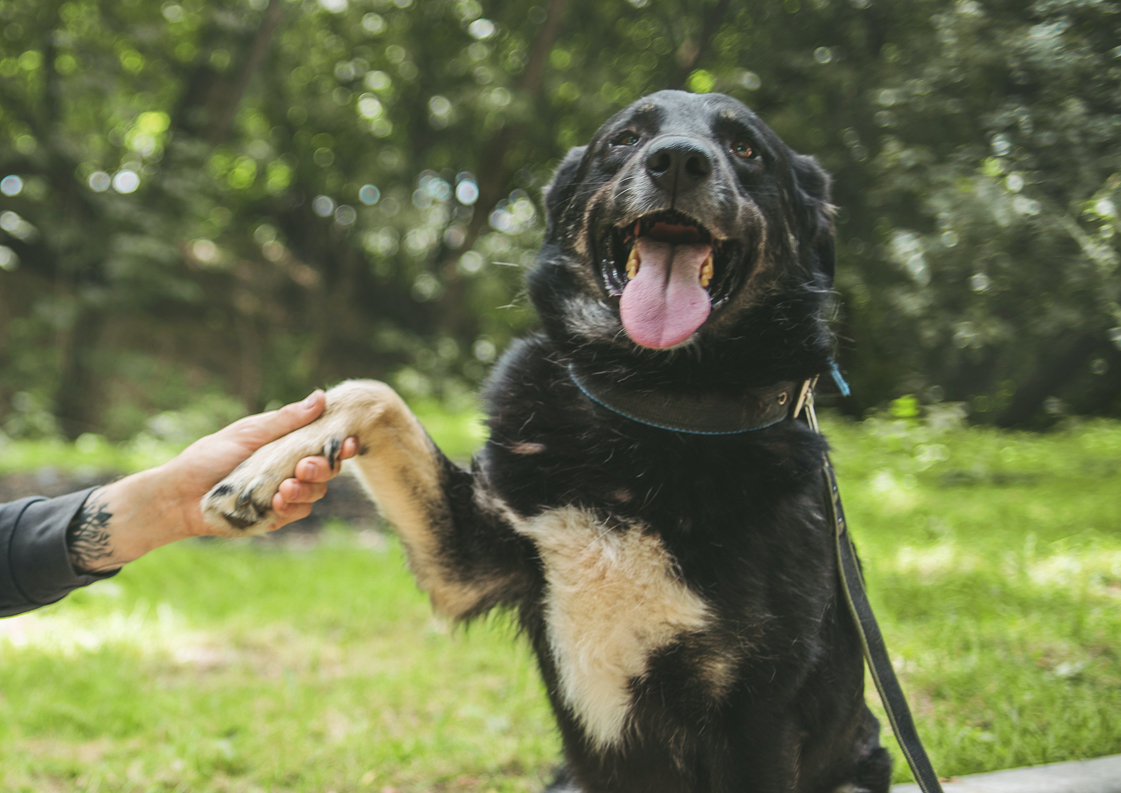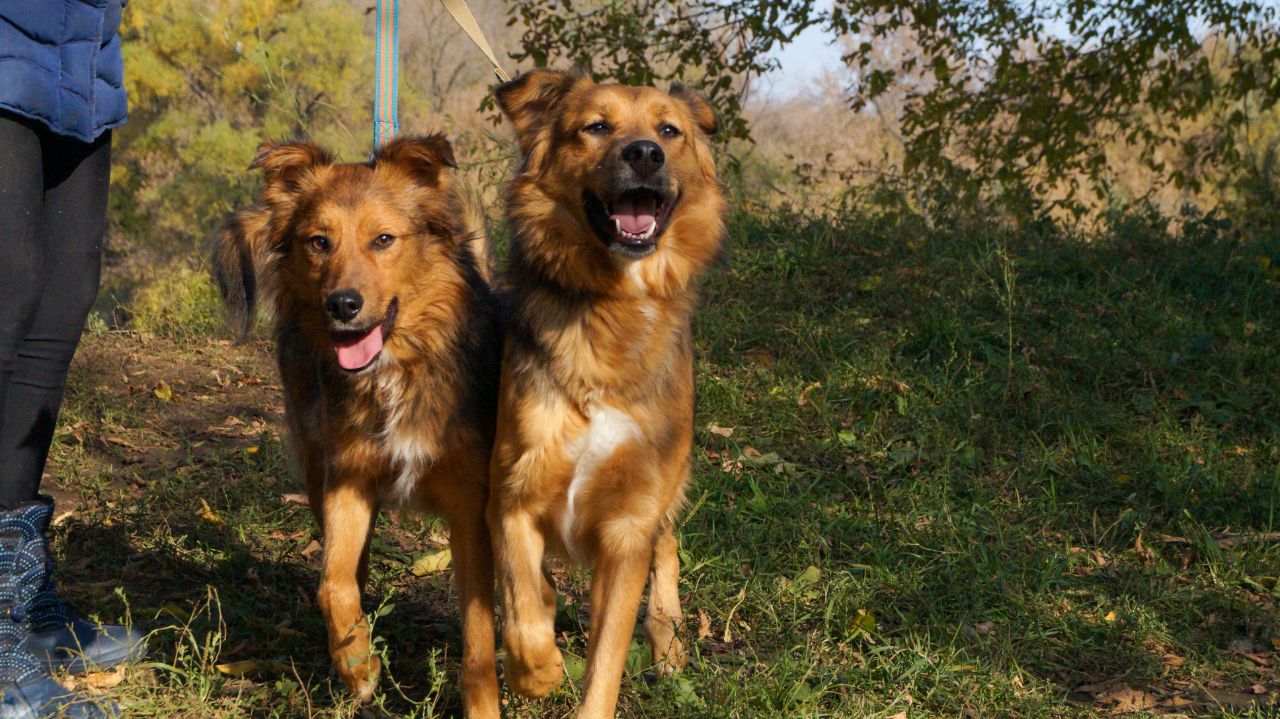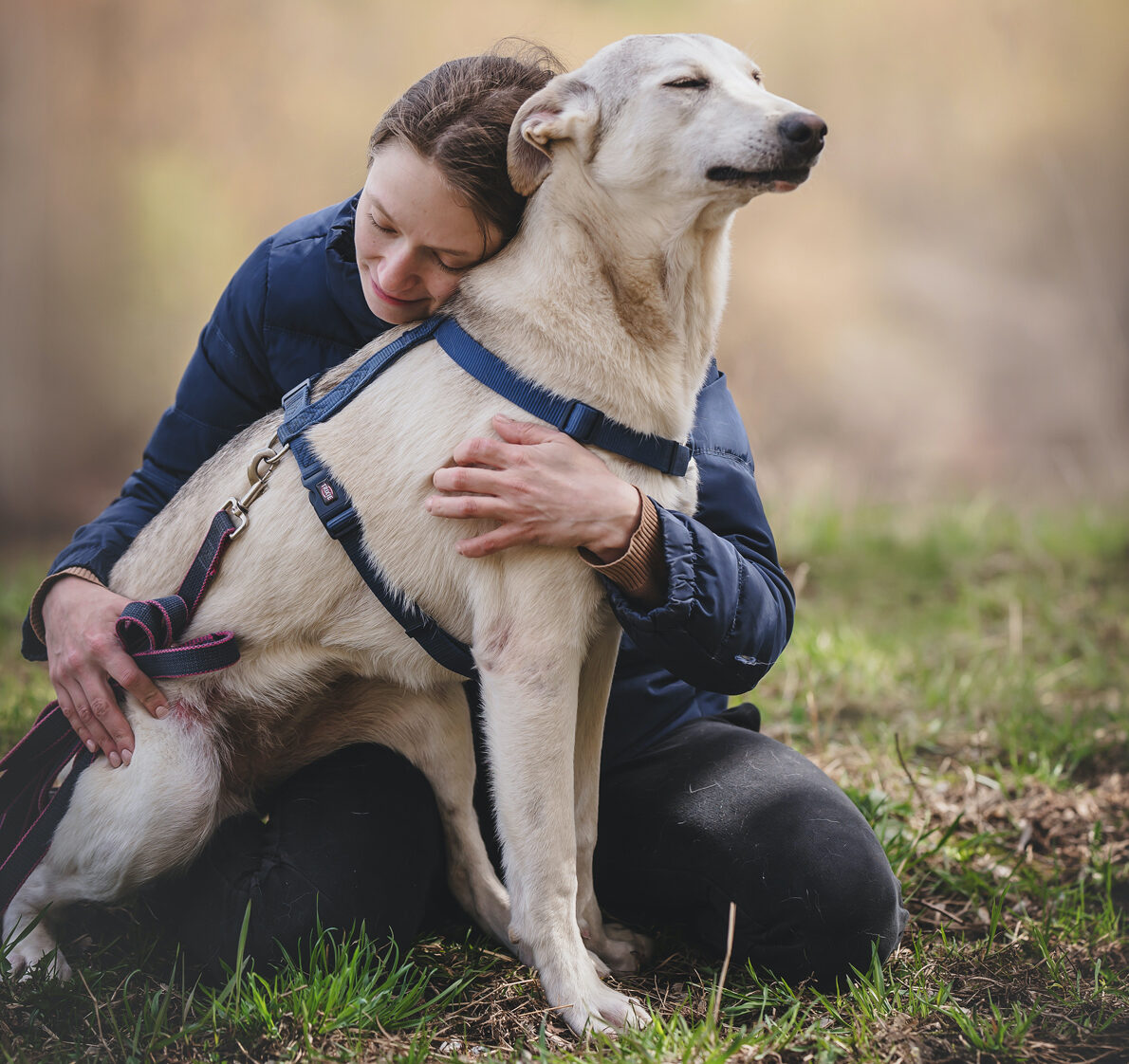
People are increasingly choosing their pets from an animal shelter. This trend is gaining momentum along with the humanization of the world – after all, adopting a dog from a shelter means giving it life. Stereotypes that only wild and sick mongrels live in shelters are a thing of the past: Shelters are open to visitors, and the owner can get to know the dog to be sure of the character and characteristics of his future friend.
Mongrel or pedigree dog: what is the difference between a purebred dog and a mongrel dog, and in whose favor should you choose? Volunteers of the Moscow animal shelter “Pechatniki” tell us about it.
Appearance and character
Indeed, the differences are noticeable externally, but mongrels do not have any characteristics of any breed at the genetic level. Sometimes, due to the irresponsibility of the previous owners, purebred animals also end up on the street. From their crossing with mongrels, mestizos are born close in appearance to their purebred relatives. At the same time, the breed’s character qualities are eroded, giving way to those needed for survival: distrust, flexibility, and unpretentiousness.
Communication skills and people orientation Are typical for mongrels because dogs are social animals. Of course, not everyone will rush into arms at the first or even the second meeting due to their innate caution. But once the dog feels the absence of a threat and your care, the mongrel will eventually become your most devoted friend.

Mongrel or pedigree dog: who should I choose?
Purebred puppy
Perhaps you like a particular breed’s external aesthetics and character traits—this is a strong argument for buying a purebred puppy. Then you should turn to an experienced breeder, not to tempting advertisements like “Husky puppies for 1000 rubles.” For a few thousand rubles, you will get the same mestizo with no breed traits in his character and, probably, in his appearance.
Such a puppy is okay, but you should not pin your hopes on meeting the standards. Raising a breed is a complex and expensive process, so the price of around $1000 per puppy is more than justified. The demand for a cheap breed leads to supply from “breeders” who keep dogs in terrible conditions without vaccinations, veterinary care, and exhausting childbirth. This cruel business should not exist.
Outbred puppy
If you choose a friend first and compliance with the canons of canine beauty is not so important, look for a pet in a shelter. Loyal, intelligent, healthy, and vaccinated dogs can make excellent family pets.
Shelter volunteers prepare their charges for homes: They accustom them to a leash and equipment, take them to exhibitions, and introduce them to people so that the dog gets used to communicating with people. The curator knows the character of the dog you like well, so don’t hesitate to ask questions and share your doubts. As a future owner, you are interested in adopting a suitable dog, and the curator needs to place it in good hands and minimize possible problems.

If you decide to adopt a pet from a shelter
If you get a dog from a shelter, it is better to visit the potential pet several times—dog curators very much welcome a responsible approach. Once the dog has gotten used to you, it will open up; you will better understand its character, and the adaptation process at home will be simplified.
Many shelter dogs were previously domestic dogs. Such animals usually return to home life quickly and without problems.
A dog that grew up on the street may need behavior modification because it has probably experienced trauma. The good news is that dogs’ psyches are flexible, so working with a professional dog handler will solve problems. The main thing is to avoid using brute force or intimidation when training (this applies to any animal); otherwise, you will lose the dog’s trust.
There are many shelter dog owners, and thousands of shelter dogs find homes every year. This suggests that there is nothing unusual or complex about such a pet. Choose with your heart!





